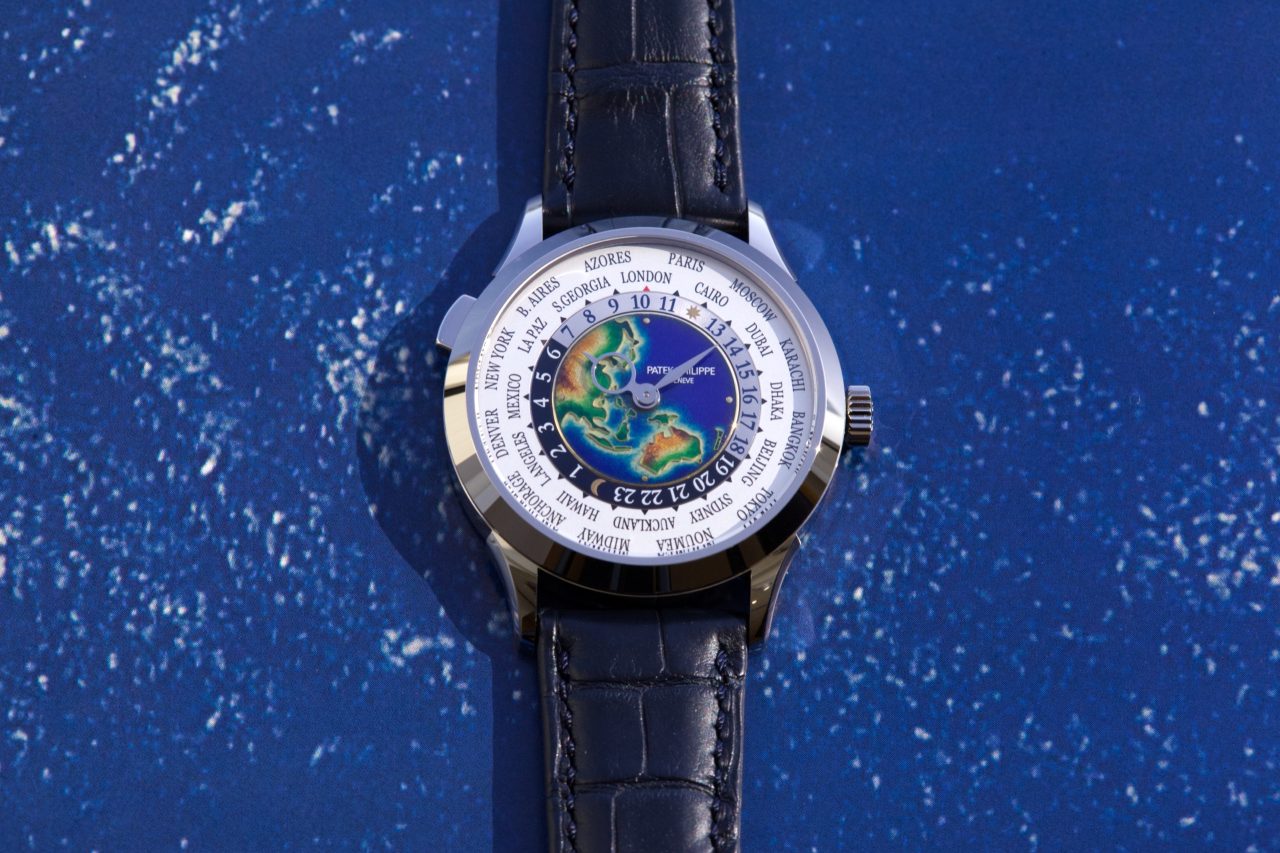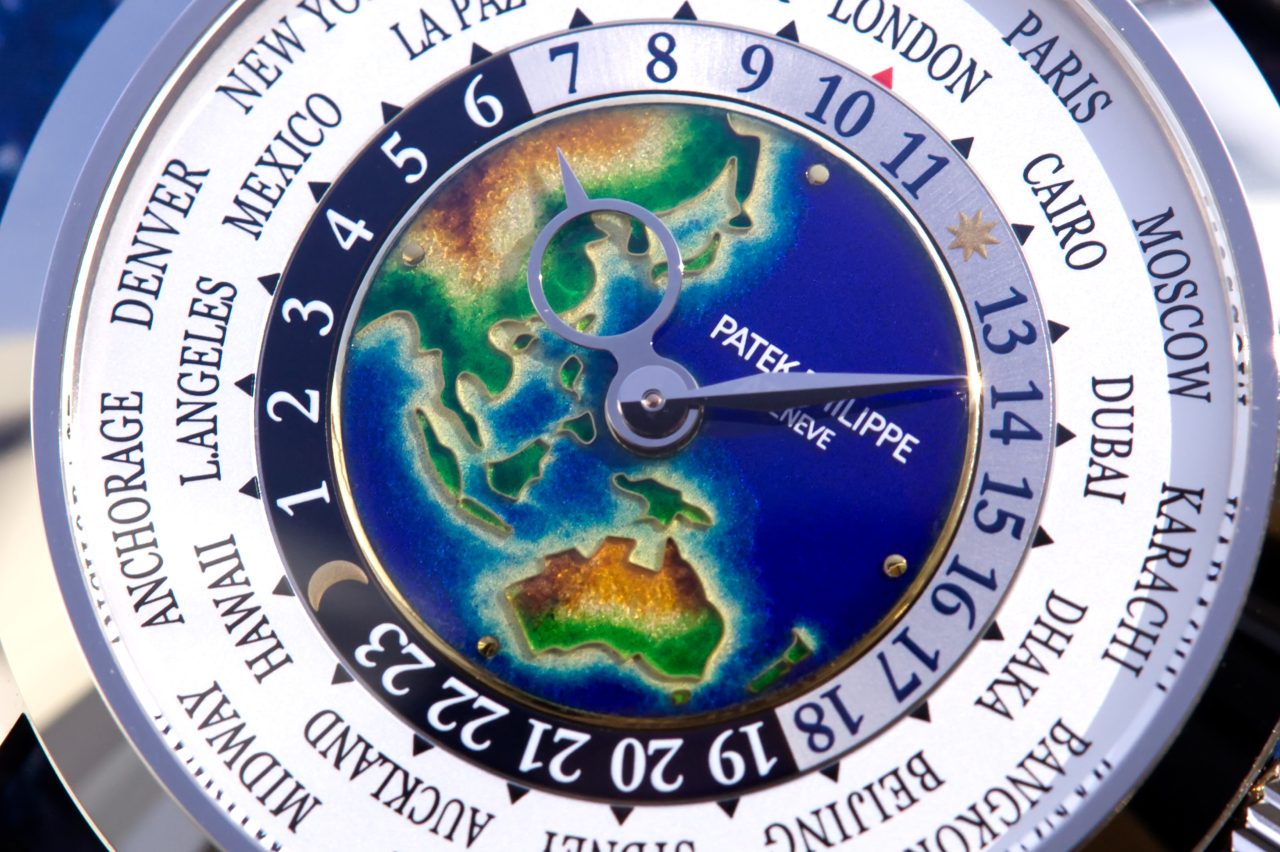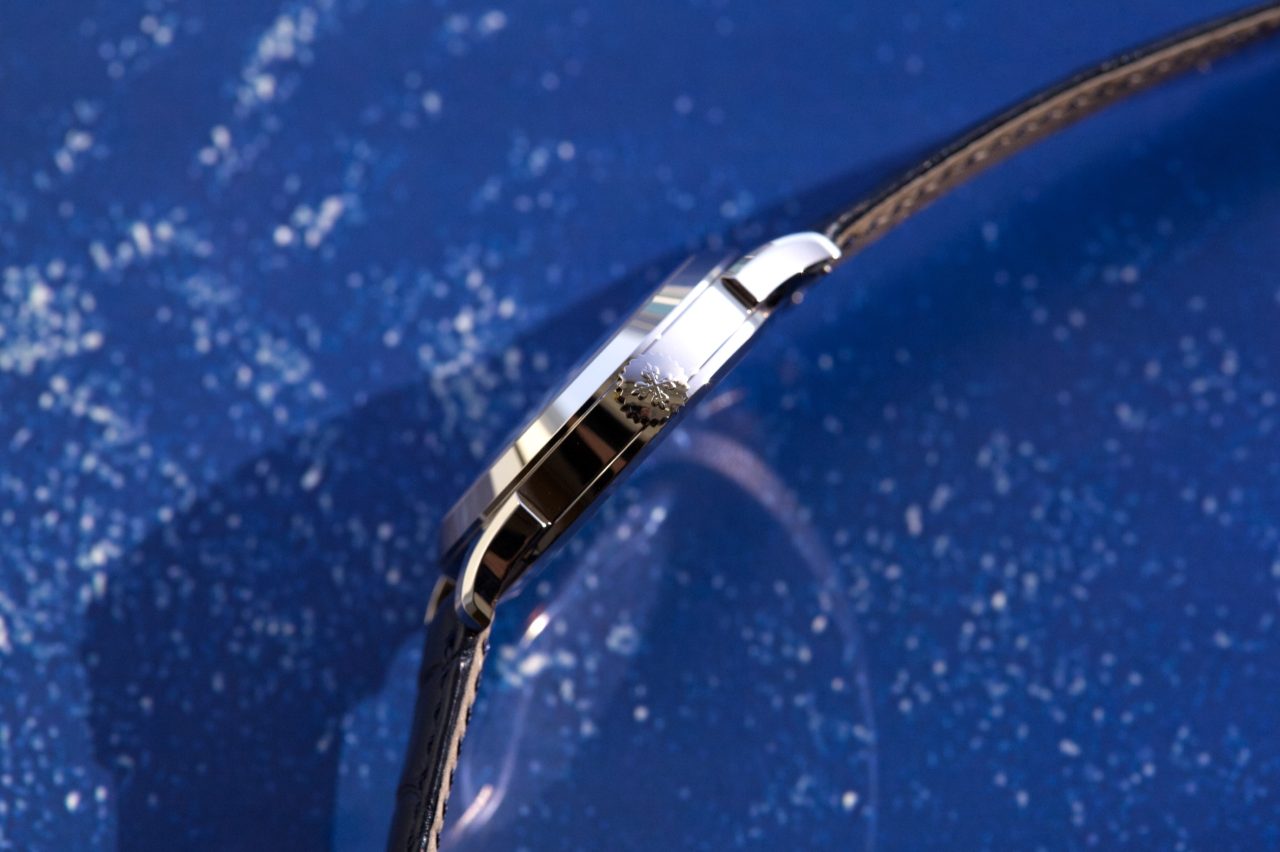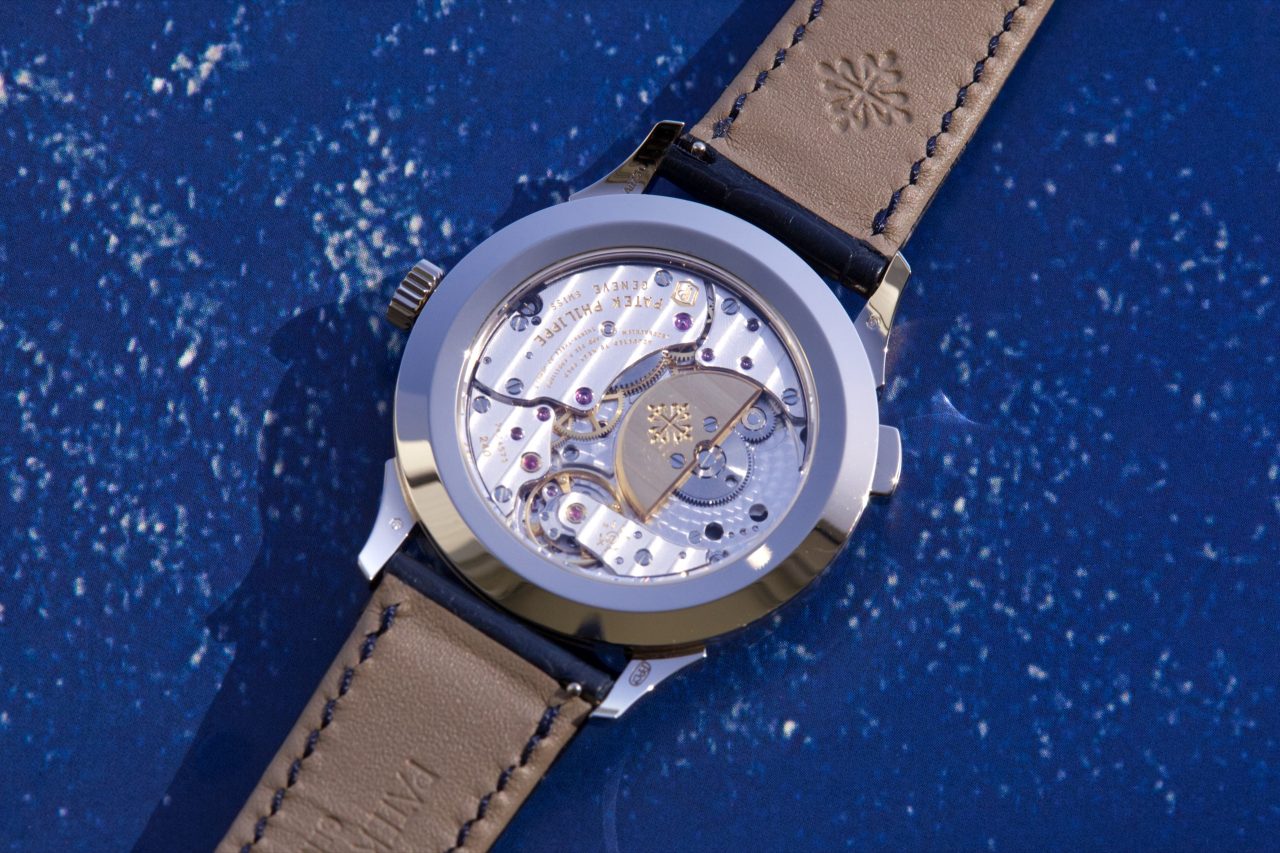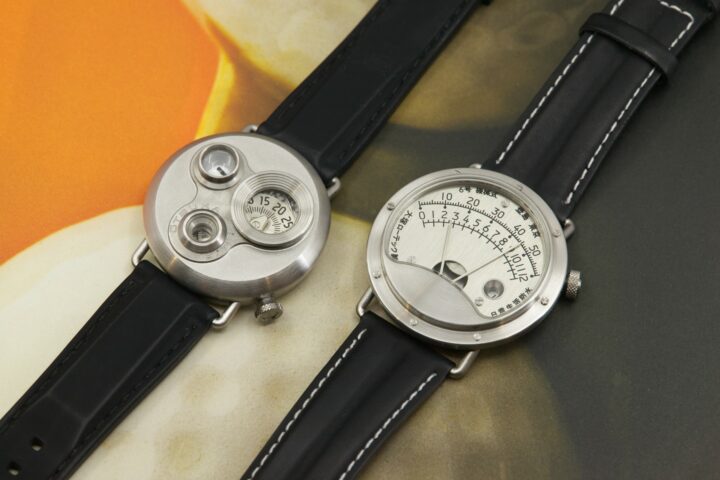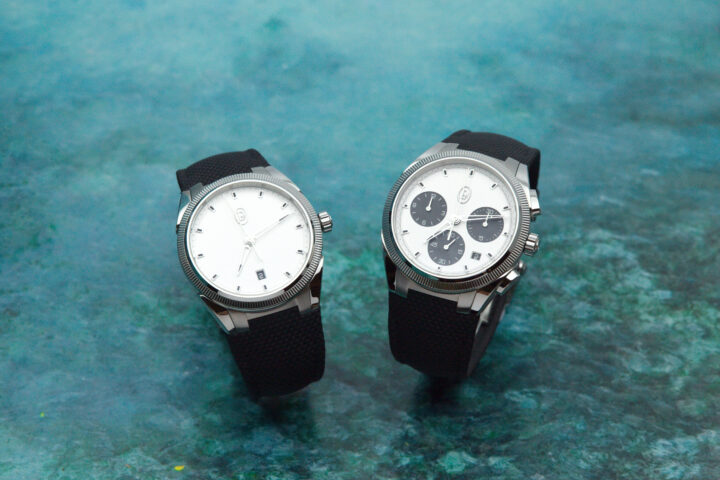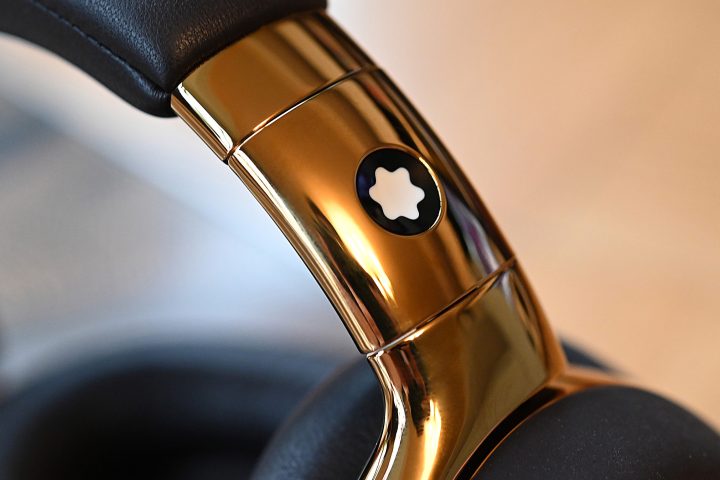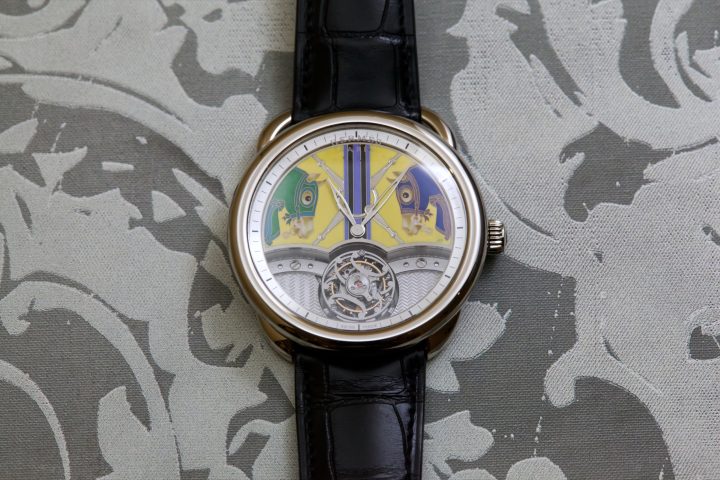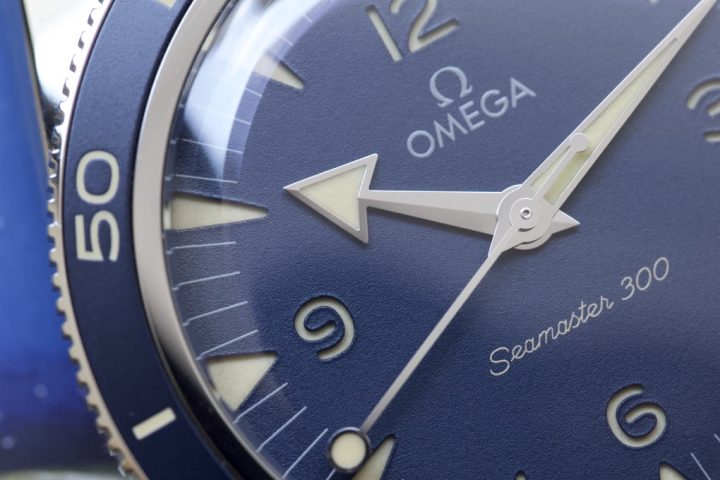The world time complication in today’s watchmaking landscape comes across as somewhat anachronistic, as it is naturally of less practicality than in the late 1930s’ when it was a great tool to tell time around the world at a glance, and was favoured by early globetrotters and some of the most successful industrialists. Perhaps what makes the complication so special in modern days is its nostalgic imagery, similar to how car enthusiasts romanticise automobiles from yesteryear; it allows one to go back in time and indulge in an imaginary accomplished figure, with each metropolis on the dial representing some of the greatest journeys and treasurable memories. This might also be why more seasoned collectors tend to resonate more with the meaning of world time. Though the complication per se is not exclusive to Patek Philippe, its lineage within the maison is especially noteworthy: the three earliest world time wristwatch references: 515HU (with the two letters denoting Heure Universelle, or universal time in English), 96HU and 542HU, and the pocket watch reference 605HU were the inaugural references to mark the success between the invention of Louis Cottier and Patek Philippe in 1937, followed by the later serial produced references 1415 and the dual crown 2523. These forefather references have built and solidified the classical portrayal that is inseparable from modern Patek Philippe world times.
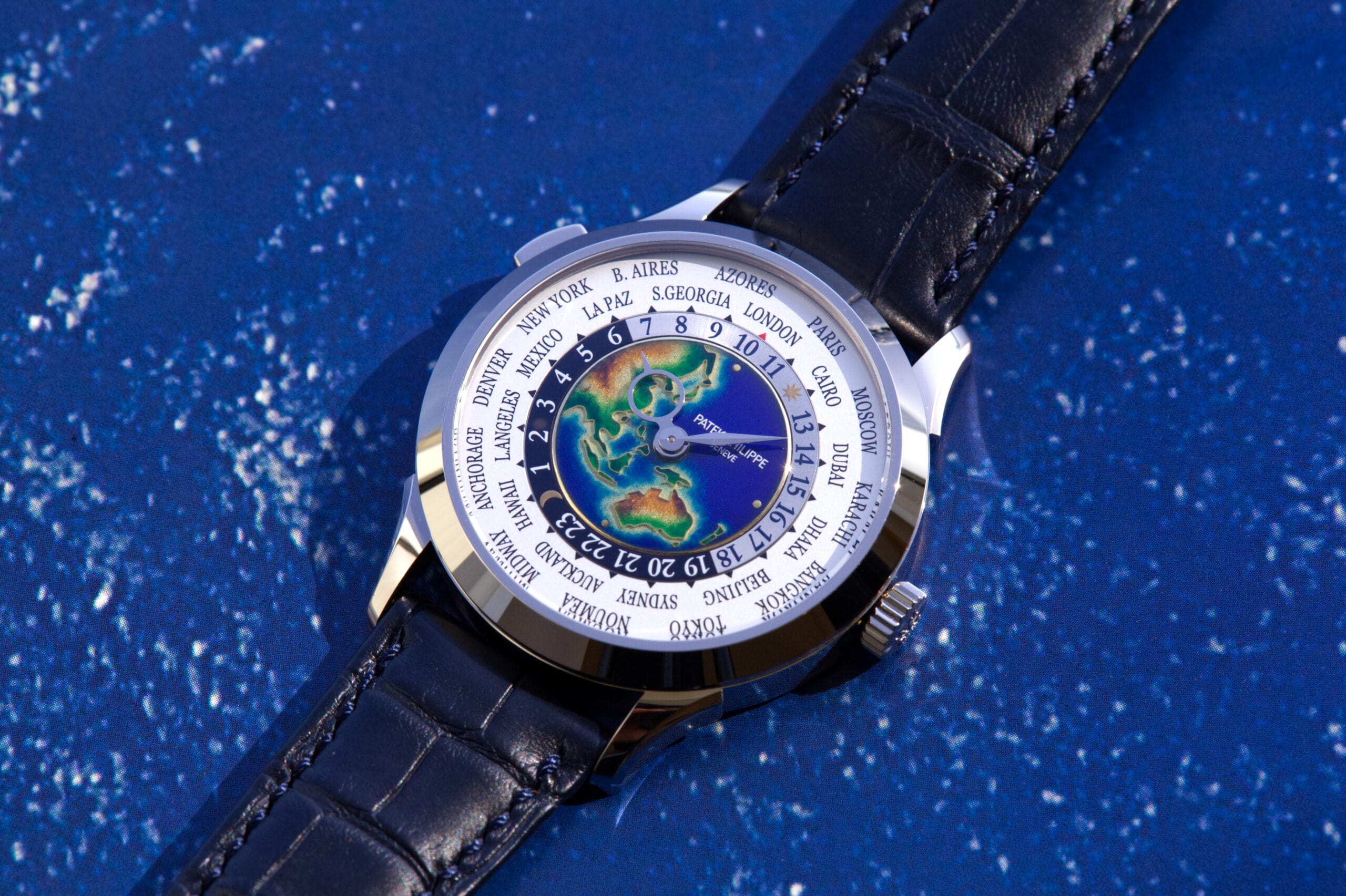
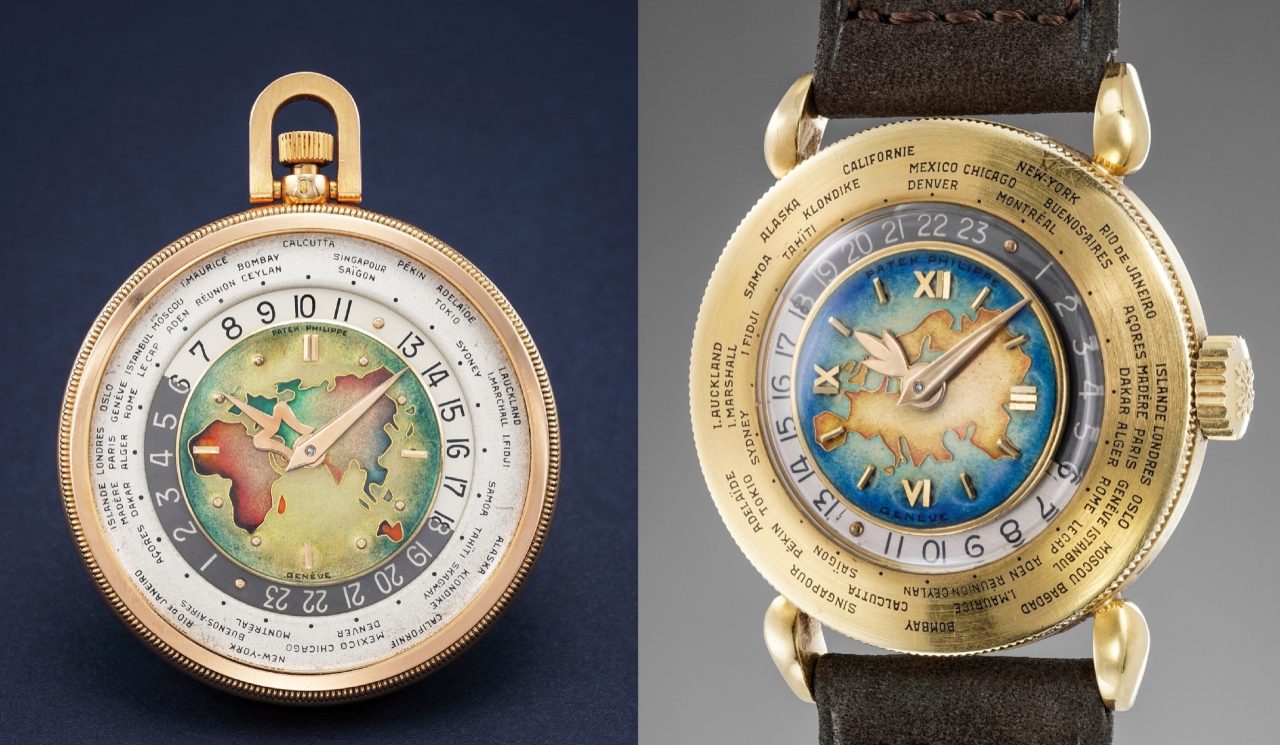
On the left, a pink gold 605HU with a cloisonné enamel dial depicting a map of Europe, Asia, Africa, sold for CHF 1,160,000 in 2020. ©Phillips
On the right, a yellow gold 1415 with “Eurasia” cloisonné enamel dial, sold for CHF 972,500 in 2018. ©Phillips
It is also necessary to note that the world map motif on a cloisonné enamel dial is an extremely rare configuration found among these early references. Take the reference 605HU for example, with just shy of 100 examples known to the market, most of them featuring a guilloché dial of various colours, and fewer than 20 examples with a cloisonné enamel dial, of which only two are known to be executed with the world map motif. A similar production ratio can also be found in the reference 1415, with world map cloisonné enamel being the rarest dial configuration, only eight examples are known to the market with two of them depicting the Eurasia continent instead of the entire map. The exclusivity of these examples naturally make them some of the most lustrous examples among collectors, and further contributes to the appreciation of the traditional hand-made cloisonné enamel, specifically those with world map motifs, in modern references such as this beautiful 5231G.
The white gold reference 5231 debuted earlier this year, while the yellow gold 5231J version was phased out from the current collection after only three years of production (2019-2021), and just like its immediate predecessor reference 5131 with a cloisonné enamel dial depicting different parts of the world map in all four case metals, the reference 5231 thus far also follows the pattern, with the 5231J featuring Europe, Africa, and the Americas, then the 5231G outlining South-East Asia and Oceania. It is not difficult to discern just how good the quality of the enamel dial on this watch is, as one would expect no less from the maison, although a little magnification would certainly bring out the merit of the details.
Under direct sunlight, it is obvious that the colour style of the dial is a lot more vibrant and intense, making quite a contrast when compared to those from the past which were usually paler; the gradient used to outline terrain and ocean is also very natural. Overall the dial is also more translucent, as seen on the shadow cast from the golden wires, it yields more depth to the dial and creates a shimmering effect to it. Under this meticulously finished dial there is a very high level of delicacy only achievable with the best craftsman who understands the technical, physical, and chemical process of creating a cloisonné enamel piece.
Its difficulty lies in the complexity and the level of verisimilitude of the artwork, dictated by the accuracy of replicating the desired contour with the flattened gold wire, and the number of colours used in the glass fillings. It is because deciding on the right amount of details on artwork for a balanced aesthetic could sometimes be tricky, whether or not to express an element or detail using only colour, a cloison, or in some rare cases just by an open-ended wire. Also, the metal oxides added to the powder can change into another colour at a different temperature (all the way up to 800°C), so a piece would go through a number of firing passes before it goes through the finishing procedure of polishing the protruded wires and uneven surface, finishing with a colourless layer of enamel, and a reverse side of enamel to prevent distortion.
With the technicality in mind, the 5231 is much more than the more elaborate version of the 5230. Behind the classical reference that carries part of the important heritage of the maison’s horological journey, it is also a reference to introduce artistic value and to open the appreciation towards the workmanship behind the traditional enamel craft. Perhaps the 5231 could also be viewed as the bridging reference to the rare-handcrafted collection, which brings enthusiasts’ attention to the Calatravas, the domed desk clocks that feature cloisonné enamel pieces on a larger and more complex scale.
